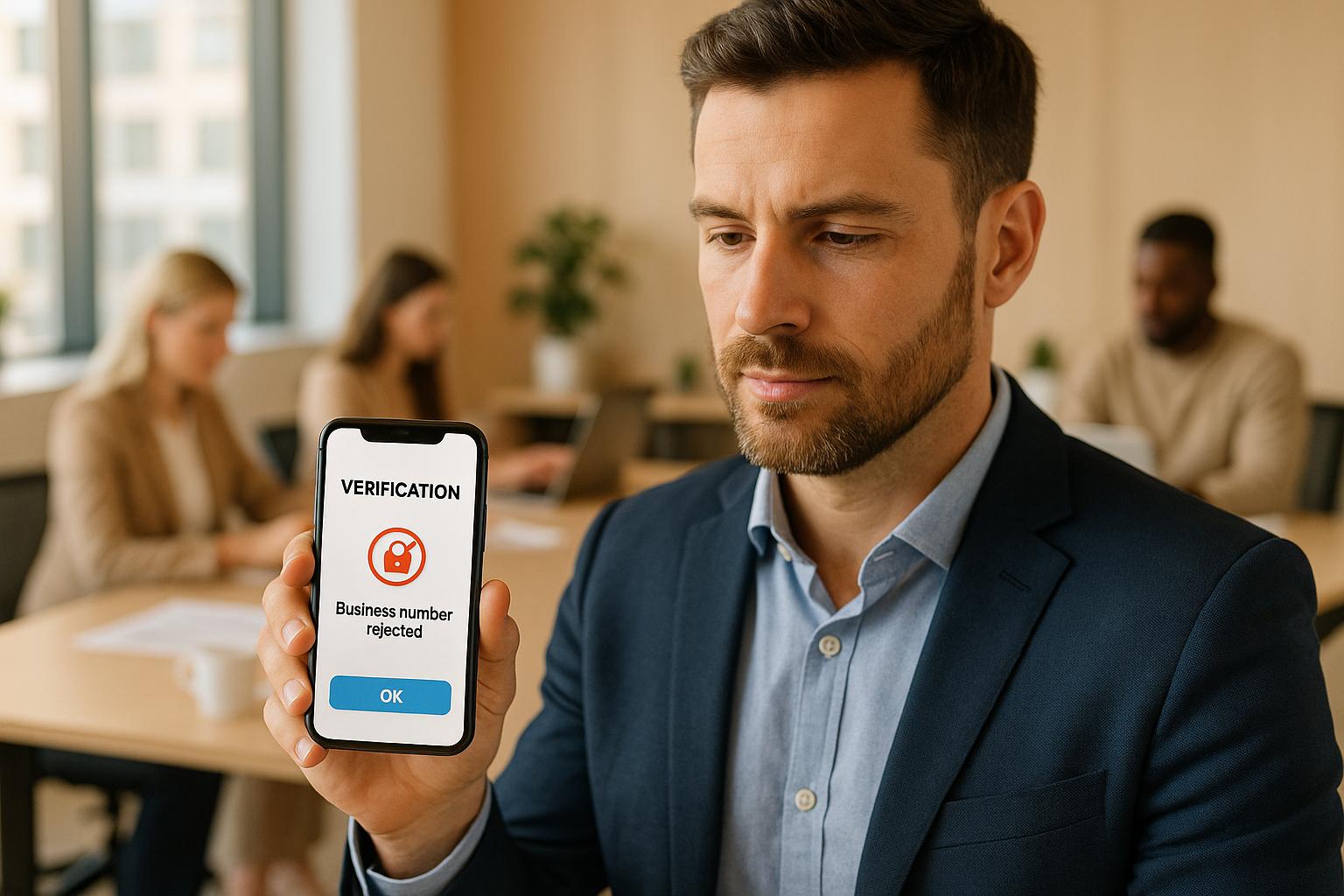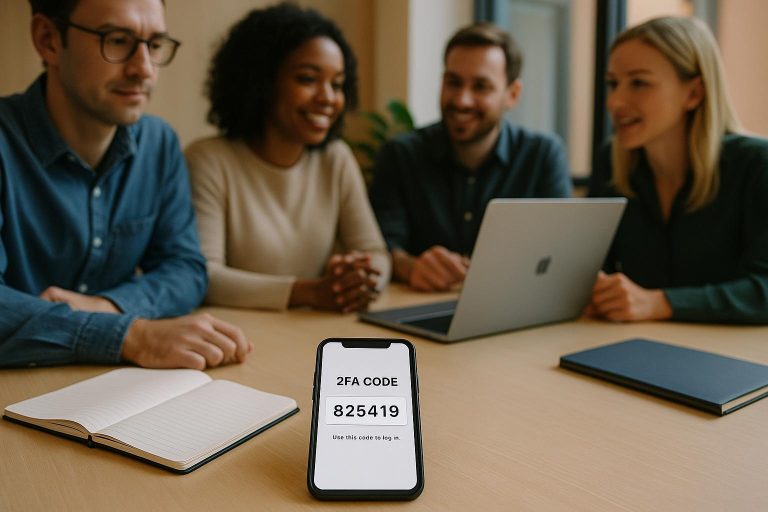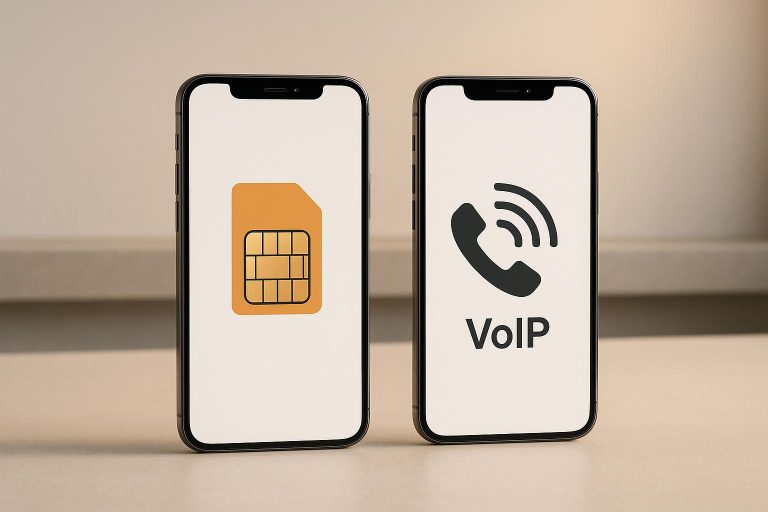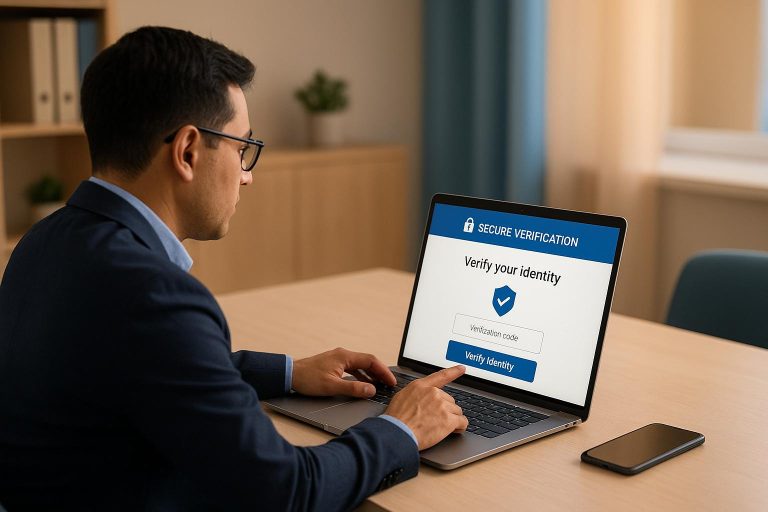AWS Keeps Rejecting My Business Number? Here’s Why (And the Fix)
AWS often rejects phone numbers during verification because they don’t meet its strict requirements. The primary issue? VoIP numbers (like Google Voice or RingCentral) are flagged for security concerns and unreliable SMS delivery. AWS only accepts real-SIM mobile numbers tied to a physical address, making VoIP numbers incompatible. This can disrupt your operations, delay access to AWS services, and prevent enabling multi-factor authentication (MFA).
Quick Fix:
Use a real-SIM number from services like JoltSMS. These numbers are recognized as standard mobile numbers, ensuring compatibility with AWS. For $50/month, JoltSMS provides a dedicated U.S. number with 99.9% SMS delivery success, real-time dashboards, and Slack/Discord integration for team access.
Key Takeaways:
- AWS rejects VoIP and disposable numbers due to security risks.
- Real-SIM numbers ensure reliable SMS delivery and verification.
- JoltSMS offers a simple solution to bypass AWS verification issues.
This approach ensures smooth AWS verification, avoids delays, and secures your account.
Why AWS Rejects Your Business Phone Number
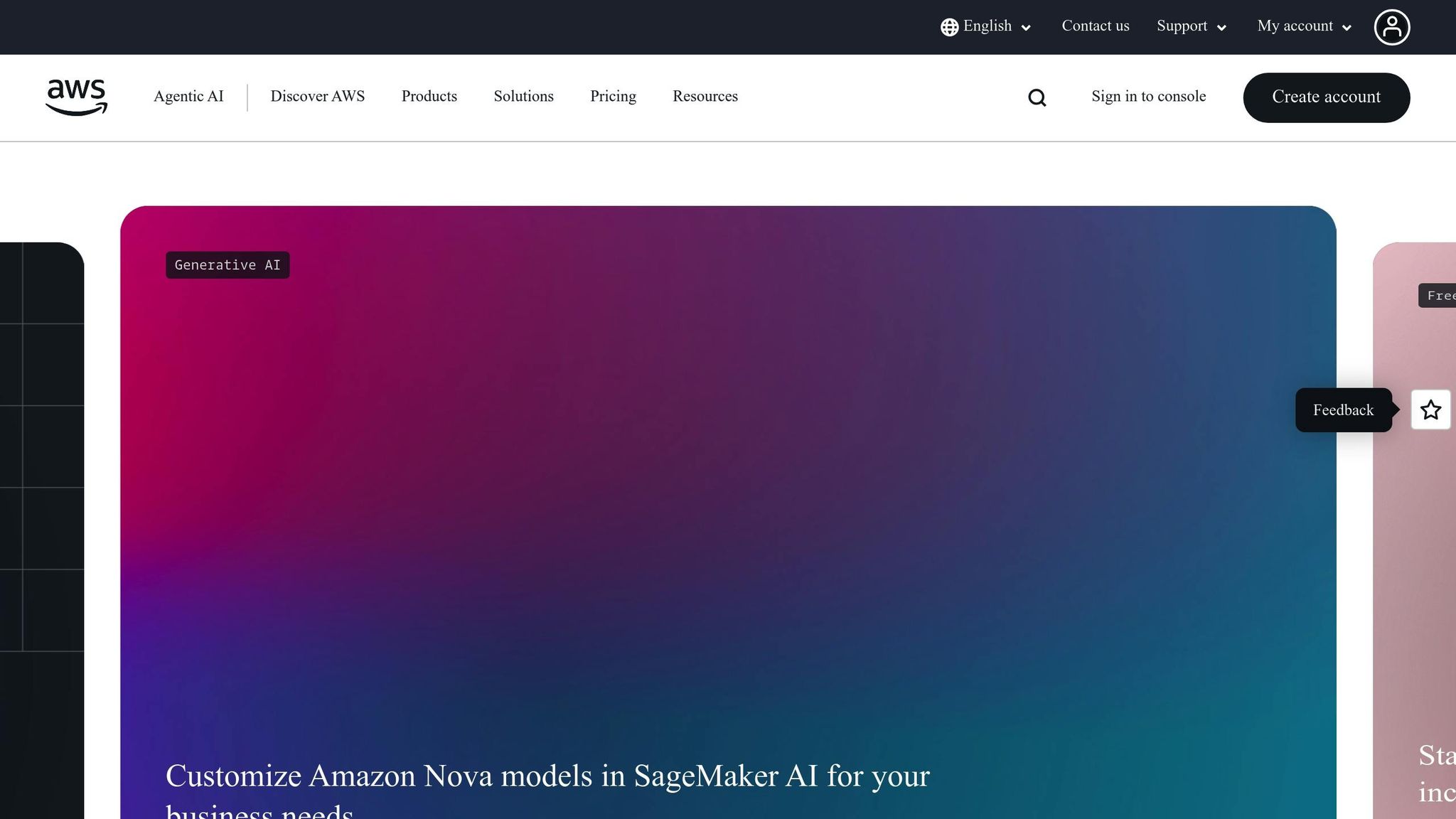
AWS Phone Number Requirements
When it comes to phone number verification, AWS sets the bar higher than just basic SMS functionality. A critical requirement is that your business address must be tied to a verified physical location. If you’re using a P.O. Box, you’re out of luck – AWS rejects these across all regions[1]. This rule helps AWS confirm that the number is linked to a legitimate physical presence.
The documentation AWS requires varies depending on your location and the type of number you’re registering. Commonly requested documents include:
- Business registration papers
- Recent utility bills or bank statements (usually issued within the last 3–12 months)
- Tax identification documents
- Occasionally, a scanned copy of the legal representative’s photo ID[1]
For local numbers, the address you provide must match the area code of the phone number you’re requesting[1]. It’s worth noting that these requirements can differ widely depending on your country and whether you’re registering a toll-free number, a local mobile number, or another type. Numbers without a verifiable physical identity simply won’t make the cut.
Problems with VoIP and Disposable Numbers
If you’re using a VoIP or disposable number, chances are it won’t meet AWS’s standards. These types of numbers often lack a permanent physical address and the necessary documentation for verification. Unlike traditional phone numbers tied to fixed locations, VoIP and disposable numbers operate without a physical anchor, making them incompatible with AWS’s strict requirements.
Why VoIP Numbers Don’t Work for AWS SMS Verification
Technical Problems with VoIP Numbers
The main issue with VoIP numbers lies in how they function. Unlike traditional mobile numbers that connect through cellular networks, VoIP numbers operate using Voice over Internet Protocol (VoIP) technology. This difference creates technical challenges that platforms like AWS specifically address.
AWS primarily supports SMS delivery to mobile phone numbers, while SMS sent to VoIP numbers is handled on a "best effort" basis[3][4]. In simple terms, there’s no assurance that a verification code will reach a VoIP number. For businesses, this unreliability can disrupt critical processes.
On top of that, VoIP systems rely on the Session Initiation Protocol (SIP), which wasn’t originally built to handle SMS. This mismatch requires alternative methods to deliver messages, further complicating the process. Because of this, platforms like AWS filter out VoIP numbers to avoid these compatibility issues.
Security is another concern. Since VoIP numbers are internet-based and not tied to a physical cellular network, their geographic origin can be unclear. This ambiguity, combined with their association with potential fraud, is why platforms like AWS often reject them for verification purposes[2].
The challenges don’t stop at AWS – VoIP numbers are frequently rejected across many platforms. For businesses, this can result in repeated issues, making VoIP numbers a poor choice for SMS verification. A closer look at the differences between VoIP and real-SIM numbers shows why the latter is the better option.
VoIP vs. Real-SIM Numbers Comparison
Here’s a breakdown of how VoIP numbers stack up against real-SIM numbers for verification purposes:
| Feature | VoIP Numbers | Real-SIM Numbers |
|---|---|---|
| Underlying Technology | Internet-based (Voice over Internet Protocol)[2] | Cellular-based (linked to a physical SIM card)[2] |
| AWS SMS Delivery Support | "Best effort" delivery; not guaranteed[3][4] | Fully supported for SMS delivery[3][4] |
| Carrier Classification | Often classified as "landlines" or "virtual numbers"[2][3] | Recognized as "mobile" numbers by carriers[2][3] |
| SMS Routing | Requires vendor-specific connections or protocol adjustments[2] | Direct routing via cellular networks[2] |
| Security & Reliability | Frequently flagged for fraud; unreliable delivery[2] | Secure and dependable SMS routing[2] |
For businesses, these differences are crucial. While VoIP services like Google Voice, RingCentral, or OpenPhone are great for voice calls, they often fall short when it comes to SMS verification. AWS’s Simple Notification Service (SNS), for instance, may restrict message delivery to VoIP numbers[5]. Verification systems also handle VoIP numbers differently from standard mobile numbers[5][6], often treating them as higher risk, which can lead to automatic rejections.
How to Fix AWS Verification with JoltSMS Real-SIM Numbers
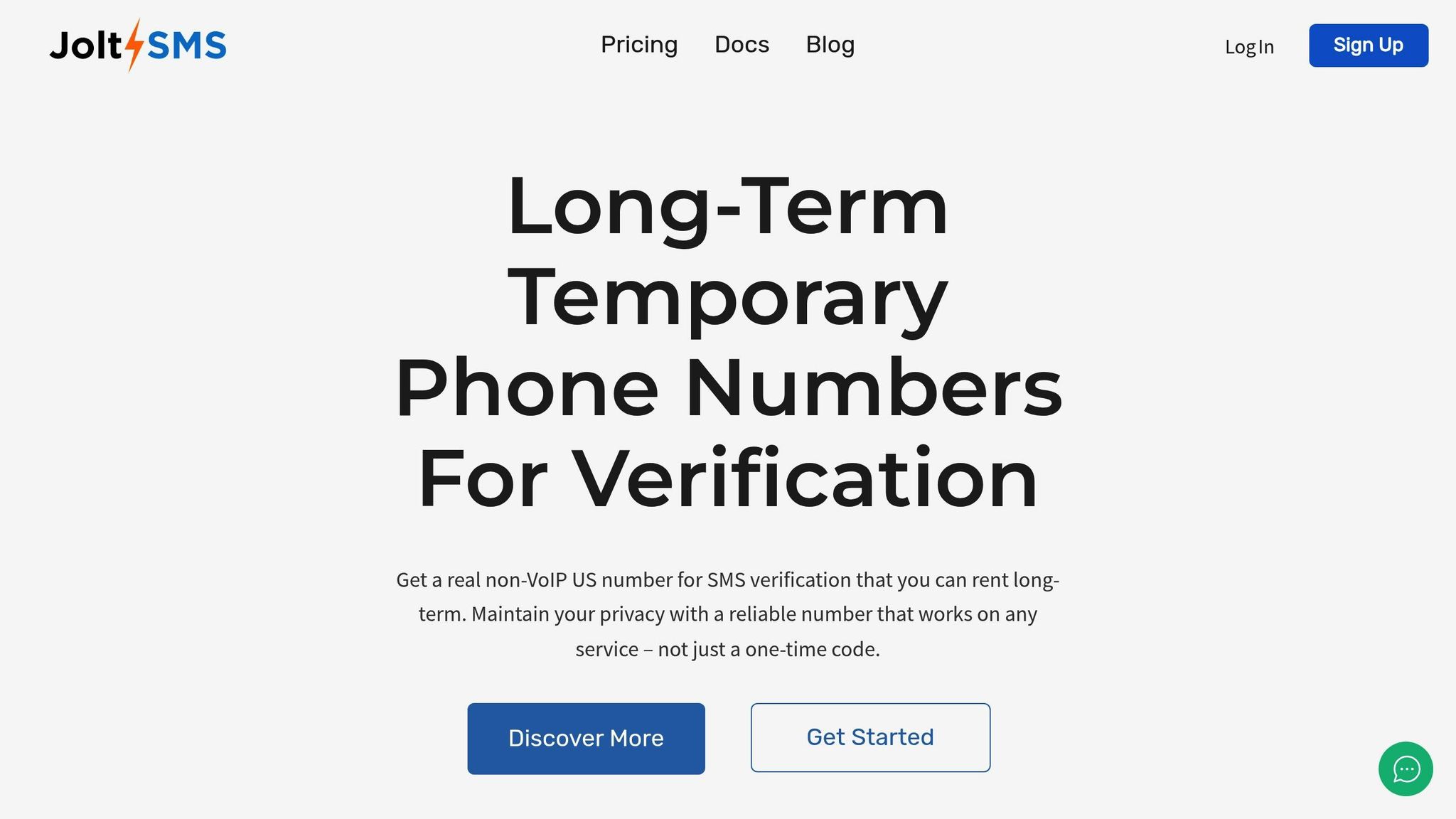
How JoltSMS Works
JoltSMS tackles the AWS verification issue by offering real-SIM US phone numbers that function like traditional mobile numbers. Unlike VoIP numbers, which rely on internet-based technology, JoltSMS uses physical SIM cards connected directly to cellular networks. This approach ensures reliable SMS delivery, as the verification codes are routed through the same infrastructure as personal smartphones.
The standout feature here is the real-SIM technology. When AWS sends a verification code to a JoltSMS number, it’s processed just like any regular mobile number, avoiding the pitfalls that often come with VoIP services. Plus, these numbers are dedicated and private for the duration of your rental. Unlike shared or recycled numbers, your JoltSMS number remains exclusively yours, eliminating the risk of someone else receiving your verification codes.
JoltSMS reports an impressive 99.9% SMS delivery rate and supports over 1,000 platforms, including AWS, Google, WhatsApp, Coinbase, and major banking apps. Since these numbers are recognized as standard mobile numbers by carriers, they bypass the technical checks that typically block VoIP numbers.
Ready to get started? Here’s how to set up your JoltSMS number with AWS.
Step-by-Step Setup Guide
Getting AWS verification up and running with JoltSMS is quick and straightforward. Here’s what you need to do:
1. Getting Your JoltSMS Number
Sign up on the JoltSMS website. For $50/month (with a minimum 30-day commitment), you’ll receive a dedicated US real-SIM number.
2. Setting Up AWS Verification
Log in to AWS, replace your VoIP number with your new JoltSMS number, and request the verification code.
3. Receiving and Managing Codes
Once AWS sends the code, you can access it instantly through a real-time dashboard. Alternatively, integrate with Slack or Discord to forward codes directly to your team’s channels. This setup ensures smooth collaboration without sharing login details.
4. Completing Verification
Enter the verification code in AWS as soon as it appears in your dashboard. Thanks to JoltSMS’s real-SIM technology, AWS will recognize and accept the number without any issues.
5. Account Management
Your JoltSMS number renews automatically every month, ensuring continuous service and eliminating the hassle of re-verification.
JoltSMS Features and Benefits
After setting up your number, you’ll gain access to tools and features designed to enhance reliability and streamline team collaboration. Here’s what you can expect:
- Dedicated Private Numbers: Your number is exclusively yours, so there’s no risk of verification codes being sent to someone else or issues caused by prior misuse of the number.
- Team Collaboration Tools: Share verification codes securely using Slack and Discord webhooks. This feature ensures authorized team members can access codes without needing to pass around login credentials or phone numbers.
- REST API Integration: Automate verification workflows with JoltSMS’s API. This is especially useful for businesses managing multiple AWS accounts or integrating SMS verification into existing systems.
- 24/7 Human Support: Need help? Reach out to JoltSMS’s support team at help.joltsms.com. Unlike automated systems, you’ll get assistance from real people who understand the nuances of verification challenges.
- Money-Back Guarantee: If SMS verification fails, JoltSMS offers a full refund. They’re confident in their real-SIM technology’s compatibility with AWS and other platforms.
- Long-Term Stability: With a 30-day minimum rental and automatic renewal, your number stays active, ensuring uninterrupted verification. This prevents the common issue of losing access to accounts because a verification number expired or stopped working.
With JoltSMS, you can navigate AWS verification challenges effortlessly, all while benefiting from reliable, secure, and user-friendly features.
sbb-itb-070b8f8
How to Avoid Future AWS Verification Problems
Keep Your Business Information Current
AWS enforces strict compliance checks on business accounts, and outdated information is one of the most common causes of verification issues. Make sure your business phone number, address, and contact information match the details on your business registration and tax documents. If anything changes, update your AWS account right away. Even small discrepancies can lead to manual reviews, which might take days or even weeks to resolve.
If you run into verification problems, contact the AWS verification team via email and include all necessary documentation [7]. Also, make it a habit to check all email accounts – including spam folders – for any messages from AWS about verification. Clear any outstanding charges, no matter how minor they seem, as these could be flagged during compliance checks [7].
It’s also important to ensure your team has secure access to updated verification codes.
Manage Verification Codes Safely for Teams
Sharing verification codes among team members can lead to security risks. To minimize these risks, restrict access to verification codes to specific, trusted personnel. Tools like JoltSMS can simplify this process by integrating with Slack or Discord, automatically forwarding verification codes from a dedicated number to your team’s chosen communication channel.
Limit verification access to key team members, such as administrators or DevOps leads, and establish a clear protocol. This should outline who receives the codes, how quickly they should act, and what steps to take if a code doesn’t arrive. For added efficiency, use JoltSMS’s REST API integration to automate verification processes across multiple AWS accounts, reducing manual errors and ensuring consistency.
This approach can also be extended to other platforms for a smoother overall strategy.
Handle Verification Across Multiple Platforms
To avoid verification headaches across platforms, consider switching to real-SIM numbers. Services like AWS, Google Workspace, Stripe, and banking apps often reject VoIP numbers, but a real-SIM number from JoltSMS works seamlessly with over 1,000 platforms. This means one number can handle verification for AWS, Google, Stripe, Coinbase, and various banking services without the risk of rejection.
Using a unified system to track verification processes can help you avoid cascading problems. For instance, if a VoIP number gets blocked, it can disrupt multiple services like payment processors, email platforms, and cloud hosting providers. Many businesses only realize the full impact when it’s too late.
If verification issues lead to account termination, you may have to start over with a new account. In such cases, carefully follow every verification step from the beginning to prevent further complications [7].
Verification APIs vs. Phone Numbers for Receiving Codes
Verification APIs, like Twilio Verify, are designed to send outbound SMS codes from your app, not to receive them. This distinction often leads to confusion when addressing AWS verification challenges.
What Verification APIs Actually Do
Services such as Twilio Verify, Vonage (Nexmo) Verify, Plivo Verify, and Telnyx Verify API are built to integrate SMS verification features into your applications. These APIs are responsible for sending verification codes to users directly from your software.
When AWS verifies your business phone number, it sends a one-time password (OTP) to that phone number via the carrier network [8][9]. For AWS verification, especially for US numbers, you must have a real, active phone number capable of receiving SMS messages. This often requires an "origination identity" like a Toll-Free Number (TFN), 10DLC, or a short code [8][9].
The critical difference here is that services like Vonage Verify are designed for outbound sending of codes, while AWS verification demands inbound receiving capabilities on a standard phone number. This distinction underscores why a traditional phone setup is necessary for AWS verification.
Real-SIM Numbers for Receiving Codes
Unlike verification APIs, real-SIM numbers meet AWS’s inbound code requirements. JoltSMS offers real-SIM phone numbers specifically designed to receive AWS verification codes instantly. When AWS sends a verification code to your JoltSMS number, it appears immediately and can even be auto-forwarded to tools like Slack or Discord.
JoltSMS uses physical SIM cards instead of VoIP, which ensures compatibility where virtual numbers often fail. Their service provides dedicated US numbers for $50 per month, including unlimited inbound SMS. This ensures your team has reliable access to verification codes without the risk of rejection.
Unlike verification APIs that require technical integration and coding expertise, JoltSMS is ready to use right away. You simply get a phone number, enter it into AWS’s verification form, and receive the code within seconds. No programming or setup is needed.
API Services vs. Real-SIM Solutions Comparison
Understanding the differences between these two approaches is essential for solving AWS verification challenges.
| Feature | Verification APIs (Twilio, Vonage) | Real-SIM Solutions (JoltSMS) |
|---|---|---|
| Primary Purpose | Send codes from your app to users | Receive codes from platforms like AWS |
| Technical Setup | Requires API integration and coding | Ready to use immediately |
| Use Case | Adding verification to your software | Verifying accounts on external platforms |
| Target User | Developers and software companies | Business owners needing verification solutions |
| AWS Compatibility | Cannot receive AWS verification codes | Fully compatible for receiving codes |
| Monthly Cost | Variable, based on SMS volume | Fixed $50/month with unlimited inbound |
| Team Access | Requires custom development | Built-in Slack/Discord integration |
The bottom line? If AWS needs to verify your business phone number, you’ll need a real phone number that can receive their codes. Verification APIs aren’t built for this purpose – they’re designed for sending, not receiving, messages.
Fix Your AWS Verification Issues with JoltSMS
JoltSMS provides a real-SIM solution that eliminates the common headaches of AWS verification. Unlike VoIP services that often fail with SMS verification, JoltSMS relies on physical SIM cards, which AWS consistently accepts without issue.
With a 99.9% SMS success rate across more than 1,000 platforms, JoltSMS has been addressing AWS verification challenges since 2018. To date, the service has processed over 402,000 SMS codes and issued more than 10,000 long-term numbers [10]. Many users experience instant results.
"Tried a few other services first. But to put it simple, they didn’t work. This one did and I’ll continue to use it." – Erick Holmes, San Jose, CA [10]
For $50 per month, you’ll get a dedicated U.S. number with unlimited inbound SMS. The service also provides delivery to your Slack or Discord channels, along with a user-friendly dashboard to manage codes for your entire team. This setup integrates smoothly into your existing AWS workflow, ensuring you avoid future verification delays.
Your team can securely access verification codes via webhooks, which removes the risks associated with sharing personal phone numbers.
"As someone who has multiple VA’s, sharing multiple online accounts, this is a must-have tool. I have multiple long term numbers, each sending SMS verification codes to a shared slack channel. Very reliable!" – Michael Waters, Grand Rapids, MI [10]
JoltSMS offers long-term solutions with rental periods of 30, 60, or 90+ days, helping you steer clear of the re-verification issues that often come with temporary numbers. Plus, there’s a money-back guarantee – if your number doesn’t work for SMS verification, you’ll get a full refund.
With JoltSMS, you can keep your AWS verification process running smoothly while focusing on scaling your business.
FAQs
Why does AWS reject certain phone numbers during verification?
AWS has implemented strict phone number verification protocols to enhance security, prevent fraud, and adhere to telecommunications regulations. These steps ensure that the provided number is valid, active, and genuinely linked to the user, minimizing risks like spam or malicious activities.
Notably, AWS frequently blocks VoIP or disposable numbers, as these are more susceptible to misuse and less dependable for secure communication. To ensure a hassle-free verification process across AWS services such as SNS or Amazon Pinpoint, it’s best to use a real-SIM number, which is more reliable and widely accepted.
Why should I use a real-SIM number instead of a VoIP number for AWS verification?
Using a real-SIM number for AWS verification is essential because platforms like AWS typically trust and accept these numbers. Since real-SIM numbers are linked to physical SIM cards, they are recognized as legitimate mobile numbers, making the verification process seamless.
On the other hand, VoIP numbers are often rejected or flagged during SMS verification due to their virtual setup. This can cause unnecessary delays, failed attempts, and frustration. By using a real-SIM number, you can bypass these hurdles, complete verification efficiently, and keep your business operations running without interruptions.
Why does AWS reject my business phone number, and how can JoltSMS help?
AWS frequently declines business phone numbers during SMS verification because many platforms restrict the use of VoIP or disposable numbers. Services like Google Voice or OpenPhone, while excellent for calls, often fall short when it comes to verification.
JoltSMS addresses this challenge by offering real-SIM US numbers that are widely accepted by AWS and similar platforms. These numbers provide dependable SMS delivery, build trust, and make verification a smooth process – saving you from the hassle of constant rejections.

